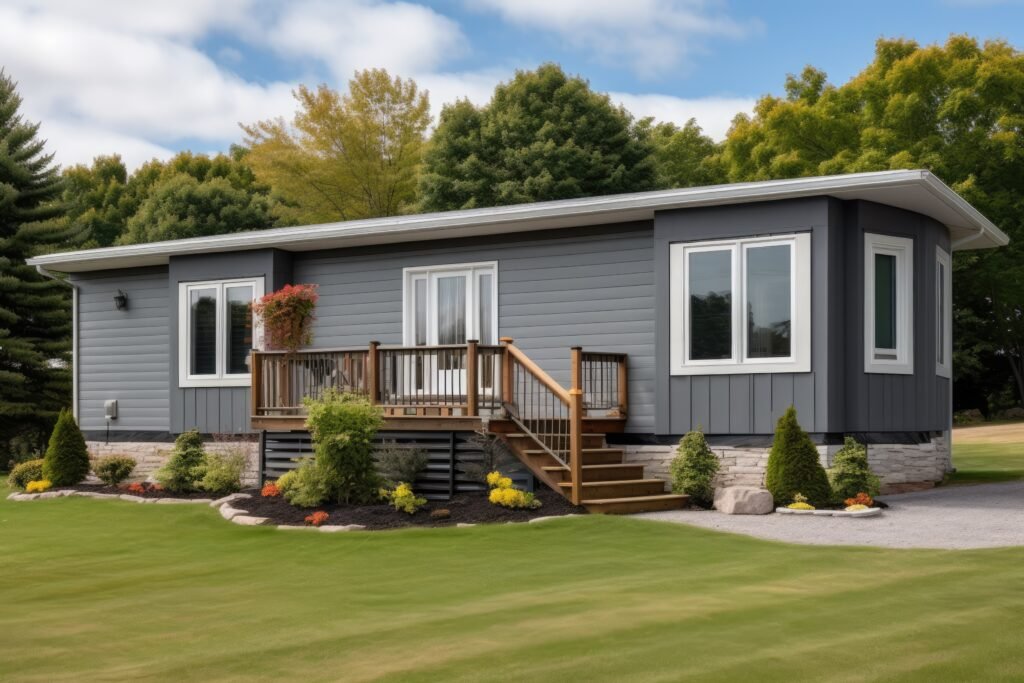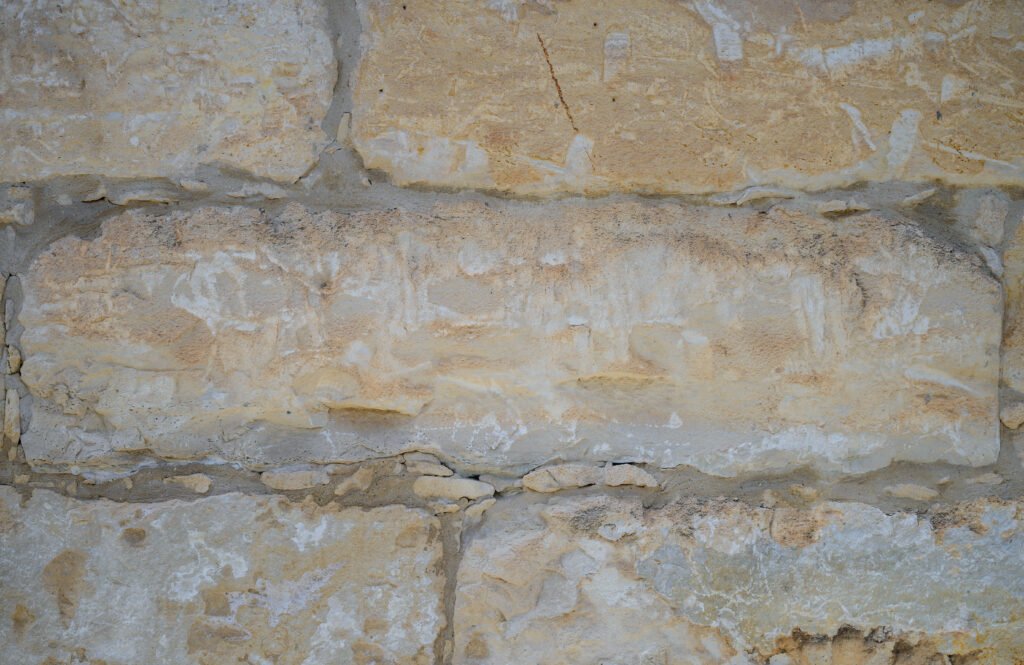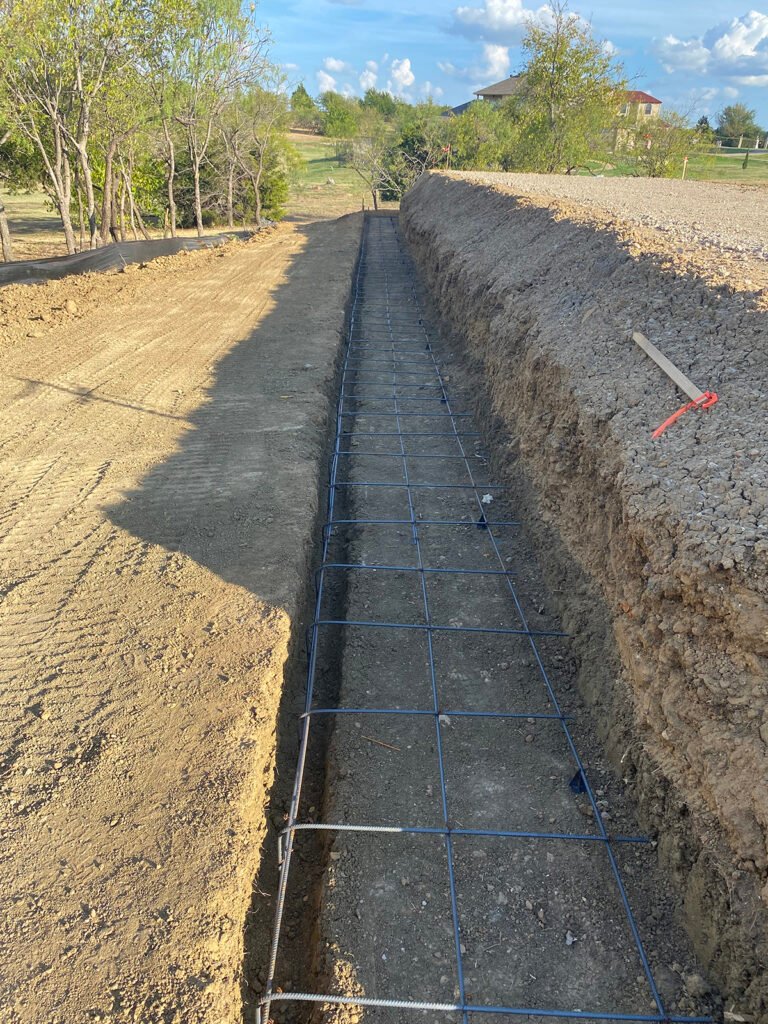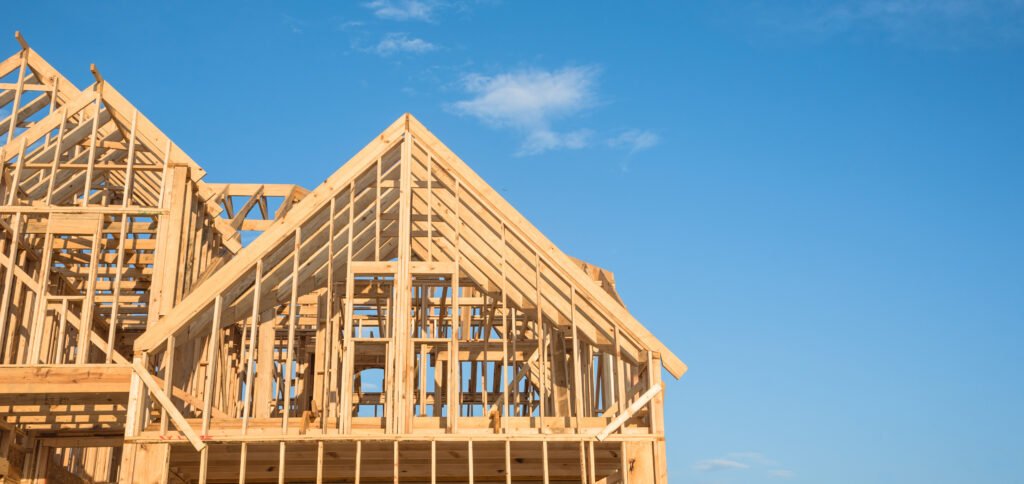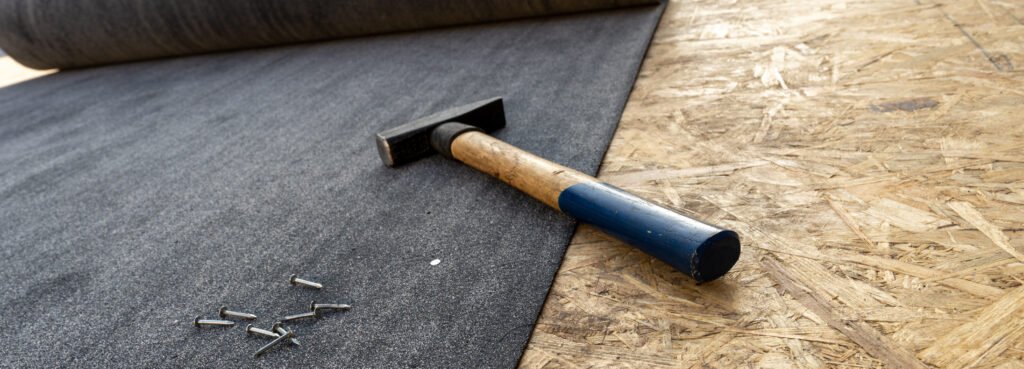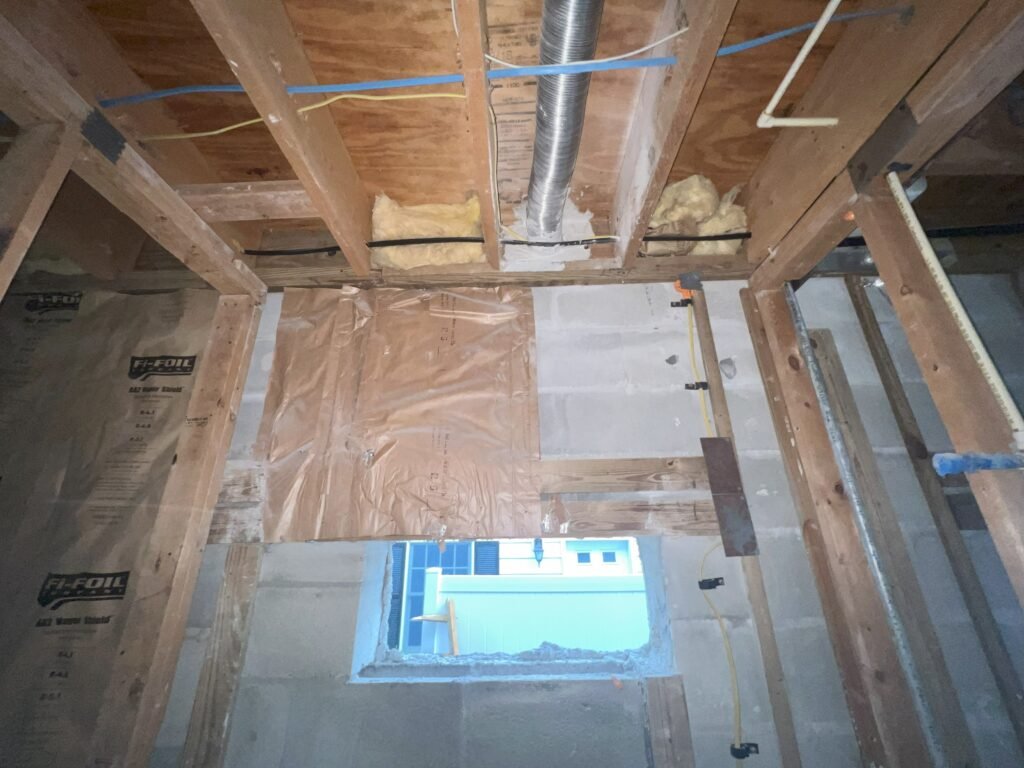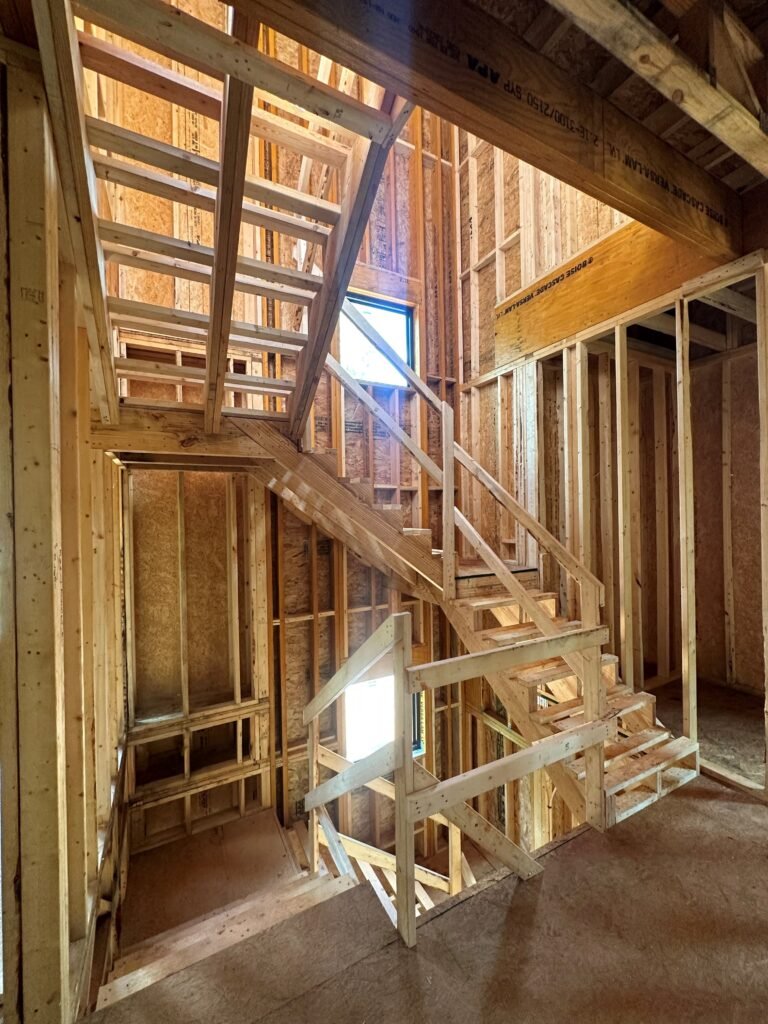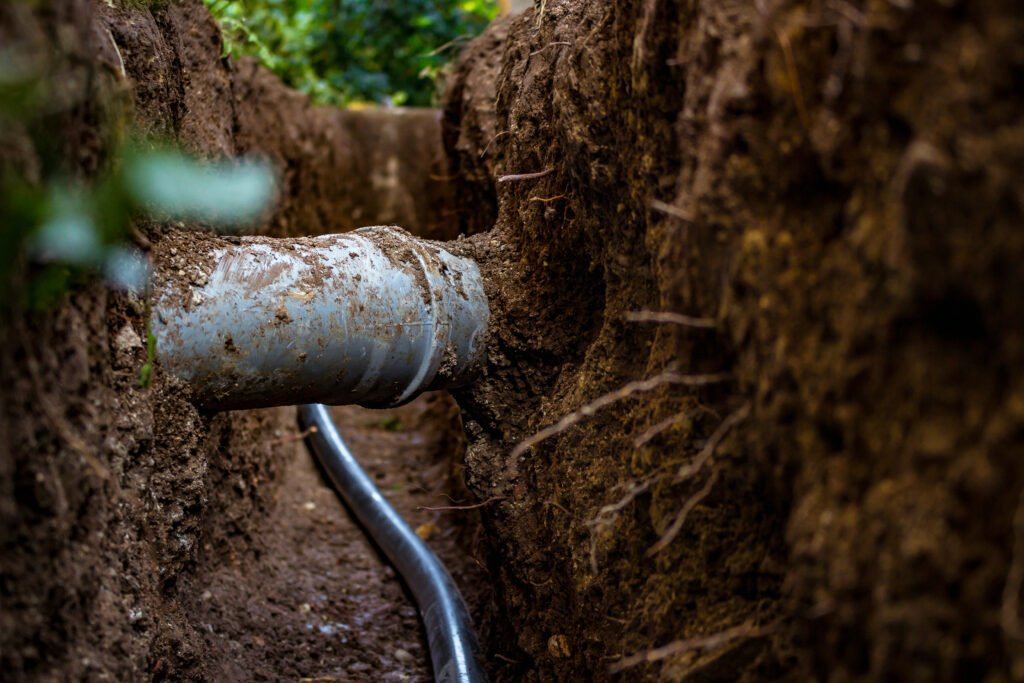I. Introduction The field of engineering is perpetually evolving, leveraging new technologies and methodologies to meet the ever-changing needs and expectations of clients, regulators, and stakeholders. Traditional face-to-face consultations, site visits, and manual assessments have long been the standard within the engineering industry. However, with the rise of digital transformation and the need for more accessible and efficient solutions, there is a growing imperative to reevaluate and innovate the way engineering services are delivered. The onset of the COVID-19 pandemic has further amplified the urgency for remote solutions across various sectors. Healthcare, education, finance, and other industries have rapidly adopted virtual platforms to ensure continuity, accessibility, and safety. Teladoc, a pioneering telehealth provider, has become emblematic of this shift, connecting patients with healthcare professionals through a seamless virtual interface. Could the engineering industry benefit from a similar approach? The idea of virtual engineering consultations is not just a theoretical concept but a viable opportunity to enhance the way engineering services are conducted, evaluated, and certified. This white paper explores the potential for virtual engineering consultations through a web portal, drawing inspiration from the Teladoc model. It aims to outline the key components, benefits, challenges, and a roadmap for implementing a virtual engineering platform that can transform traditional practices. By embracing virtual consultations, the engineering field can not only streamline processes but also democratize access to quality engineering services. Whether it’s a homeowner seeking a certified foundation letter or a municipality requiring infrastructure evaluation, virtual consultations can make professional engineering support accessible, prompt, and cost-effective. The pages that follow delve into the concept of virtual engineering consultations, comparing it with telehealth models, and laying out a framework for its realization. Through a thoughtful analysis, this white paper seeks to present a new paradigm in engineering that resonates with the digital age, addressing the unique challenges and opportunities that lie ahead. II. The Virtual Engineering Model Description of the Proposed Virtual Engineering Consultation Platform The Virtual Engineering Model aims to revolutionize the way engineering consultations are conducted by leveraging digital technology to facilitate remote consultations, evaluations, and certifications. This platform would enable engineers to connect with clients, contractors, and other stakeholders through video calls, online chats, and document-sharing platforms. From initial assessments to final approvals, the entire consultation process could be conducted virtually, ensuring prompt and personalized service. Comparison with Teladoc and How Healthcare’s Telemedicine Approach Can Be Adapted Teladoc’s success in providing remote healthcare consultations offers an inspiring blueprint for the engineering industry. By adapting healthcare’s telemedicine model, the Virtual Engineering platform would: Benefits of Virtual Consultations III. Technical Requirements Platform Development: Software, User Interface, Security, etc. Software: Development of a user-friendly and intuitive software that caters to both engineers and clients. User Interface: A seamless interface that guides users through the consultation process, with features for scheduling, video conferencing, and document sharing. Security: Robust security measures to protect sensitive information and ensure confidentiality. Integration with Existing Systems and Compliance with Regulations System Integration: The platform must be designed to integrate with existing engineering tools and software to allow smooth collaboration and data transfer. Compliance: Adherence to regulatory requirements is paramount. The platform must align with industry standards and local regulations, ensuring that virtual consultations carry the same weight and legitimacy as in-person meetings. Requirements for Virtual Inspections, Video Calls, and Document Sharing Virtual Inspections: The platform should support high-quality video streaming for remote inspections, providing real-time assessments and feedback. Video Calls: Video conferencing tools must be reliable and easy to use, fostering clear communication between engineers and clients. Document Sharing: A secure document-sharing system should facilitate collaboration, enabling engineers to review plans, photographs, and other essential documents quickly and efficiently. IV. Implementation Challenges Identifying Potential Barriers Legal Constraints: Adhering to local and international laws, especially those relating to privacy and professional licensing, may present hurdles. Acceptance Among Professionals: Traditional engineers may be resistant to the change, requiring a shift in mindset and training. Technology Limitations: Not all areas may have access to the required technology, and there may be constraints in integrating existing systems. Strategies to Overcome These Challenges Collaboration with Legal Experts: Collaborate with legal professionals to ensure compliance with all relevant regulations. Education and Training: Create awareness and offer training to professionals to ease the transition to the virtual model. Investment in Technology: Invest in cutting-edge technology and work with technology experts to overcome limitations. V. Case Studies Examples of Successful Implementations Telemedicine in Healthcare: As previously mentioned, platforms like Teladoc have revolutionized healthcare, showing that a similar model can work in engineering. Virtual Real Estate Appraisals: Some real estate companies have successfully implemented virtual appraisals, which could be a model for engineering inspections. Pilot Programs in Engineering: www.engineerletters.co is launching a Beta platform Q3 2023 with an implementation of this vision. VI. Conclusion The Virtual Engineering Model represents a promising and innovative approach to engineering consultations. By embracing technology and adapting successful models from other industries, it offers a way to make engineering services more accessible, efficient, and cost-effective. However, implementation will require careful planning, investment, and a willingness to navigate legal and professional challenges. Now is the time for stakeholders within the engineering community to explore this potential and embark on the path towards virtual consultations. The benefits to be gained are substantial, and the model aligns with the broader trend towards digitalization in various sectors. VII. References & Further Reading International Code Council RVI: https://www.iccsafe.org/advocacy/safety-toolkits/remote-virtual-inspections/ NFPA 915 Standard for Remote Inspections and Tests: https://www.nfpa.org/codes-and-standards/all-codes-and-standards/list-of-codes-and-standards/detail?code=915

